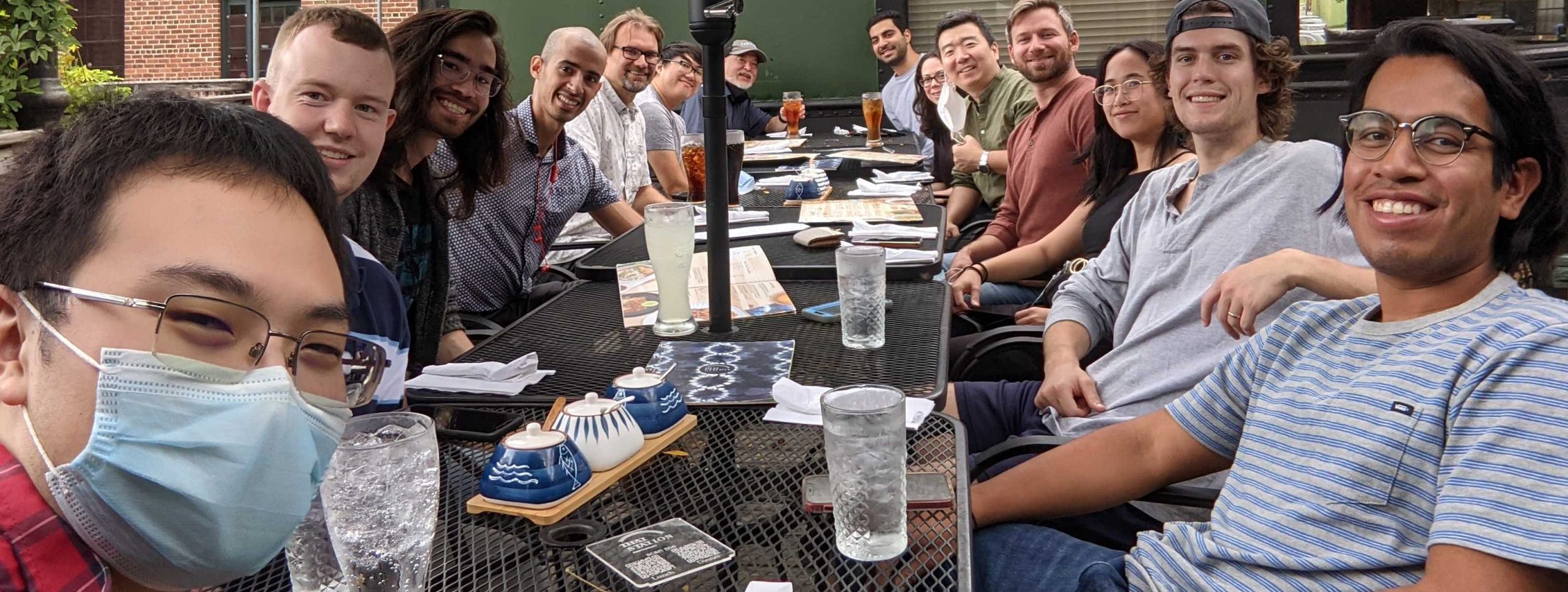Acoustic Sample Processing – DNA Shearing
DNA Shearing
Sunny Kasoji
Processing of biological samples is a key step in genomics and epigenomics pipelines. The ability to extract high-quality genomic material from cells or tissues determines the quality of the final analysis results — if the input is poor, then the analysis results will be poor and inconclusive. Various methods are used to extract genomic material (i.e. genomic DNA, chromatin, etc), which include ultrasound, hydrodynamic shearing, nebulization, and enzymatic digestions. Ultrasound is of the most common method, alongside enzymatic digestions, and it is due to its ease of use, random fragmentation (required for non-biased analysis), and relative cost effectiveness. Despite the advantages, ultrasonic processing of biological samples is inconsistent, time-consuming, and high-end equipment typically range from $130-175k.
Acoustic sample processing works by causing cavitation in the sample. Cavitation occurs in high-pressure acoustic fields where cavitation nuclei are formed in the rarefaction phase and the resulting bubble implodes on itself releasing tremendous localized mechanical energy. Current commercially available sonicator devices cannot produce sufficient cavitation for efficient sample processing and results in sample heating due to the long sonication times, and the high-end device uses a large spherically or cylindrically focused transducer that is both expensive and low throughput. We have found that phase-change contrast agents (nanodroplets) significantly enhances cavitation when added directly to a biological sample prior to sonication. Nanodroplets act as pre-formed cavitation nuclei, thus reduces the required energy to cause cavitation. This enables the use of low power, low cost acoustic devices and increasing the sensitivity to ultrasound it improves sample-to-sample consistency. Currently, this technology has been demonstrated to improve DNA and chromatin shearing for Next-Generation Sequencing and epigenetic assays, respectively, by increasing consistency, increasing throughput, and increasing overall yield.
Figure 1. Heat map illustrating the improvements in DNA fragmentation using just a cheap benchtop ultrasonic water bath. Results are comparable to high-end $170k instruments.

